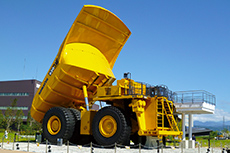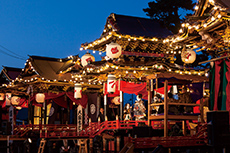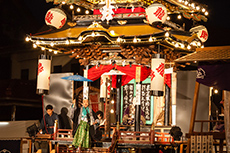Nature

NATURE
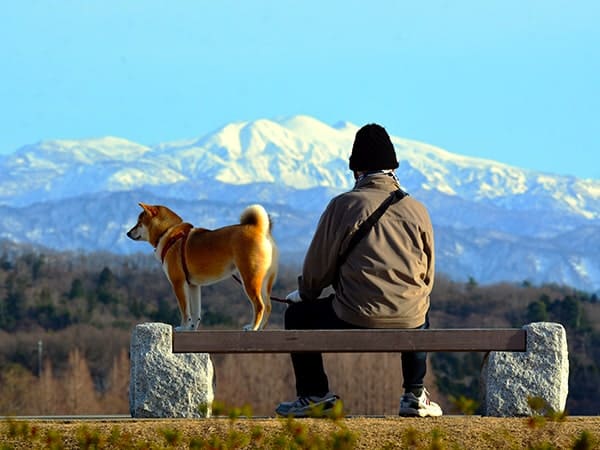
-
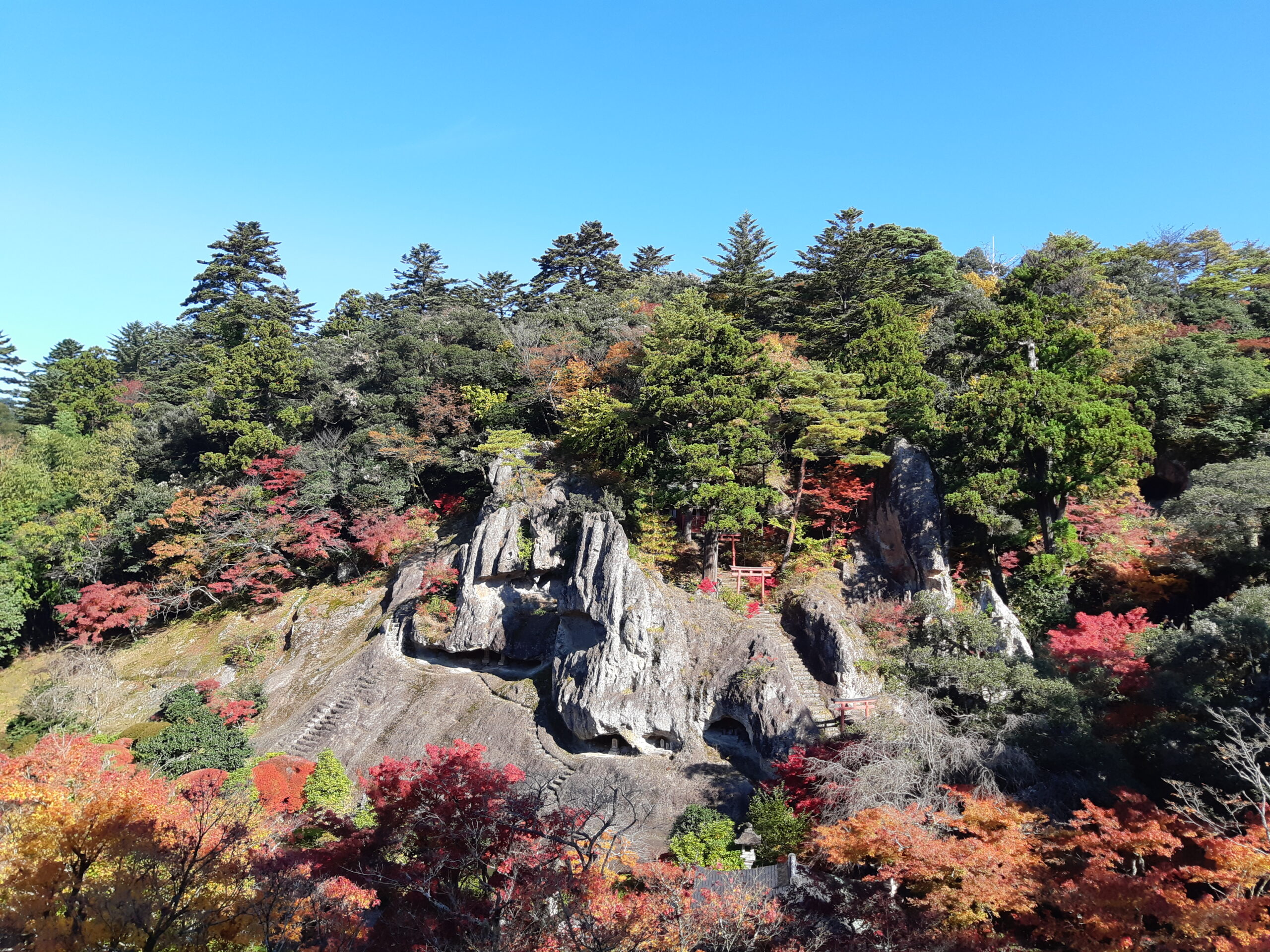
Natadera Temple
An ancient temple established in the mountains 1300 years ago, as a center of nature and Mt. Hakusan worship. Built into the rocky landscape of the area, carved over centuries of wind and rain, the temple grounds itself conveys the temple’s reverence for nature. Symbolic of that is the “ritual rebirth” that can be experienced at the main hall, housed within a natural cave. Caves are thought to be highly sacred places likened to a mother’s womb in Japanese spiritual belief, hence walking through one symbolizes a cycle of rebirth.
While well-known as an autumn spot, when visitors get to enjoy a unique composition of fiery reds adorning the craggy rock walls and ancient temple buildings, it is also a breathtaking sight in winter when entirely blanketed in snow .
Hours: 9.15 AM – 4 PM
Closed: Open year-round (special area closed winter)
Admission: Adults: 1000 yen (+200 yen for special area) / Elementary sch: 300 yen / Pre-school: Free
Access: 42 min bus from Komatsu Sta. / 25 min cycle from Awazu Sta. Map
Related Pages:
Best of Autumn in Komatsu: A Preview Little Local Finds: Winter Wonderlands Komatsu Share Cycle: A New Way to Explore Komatsu! -
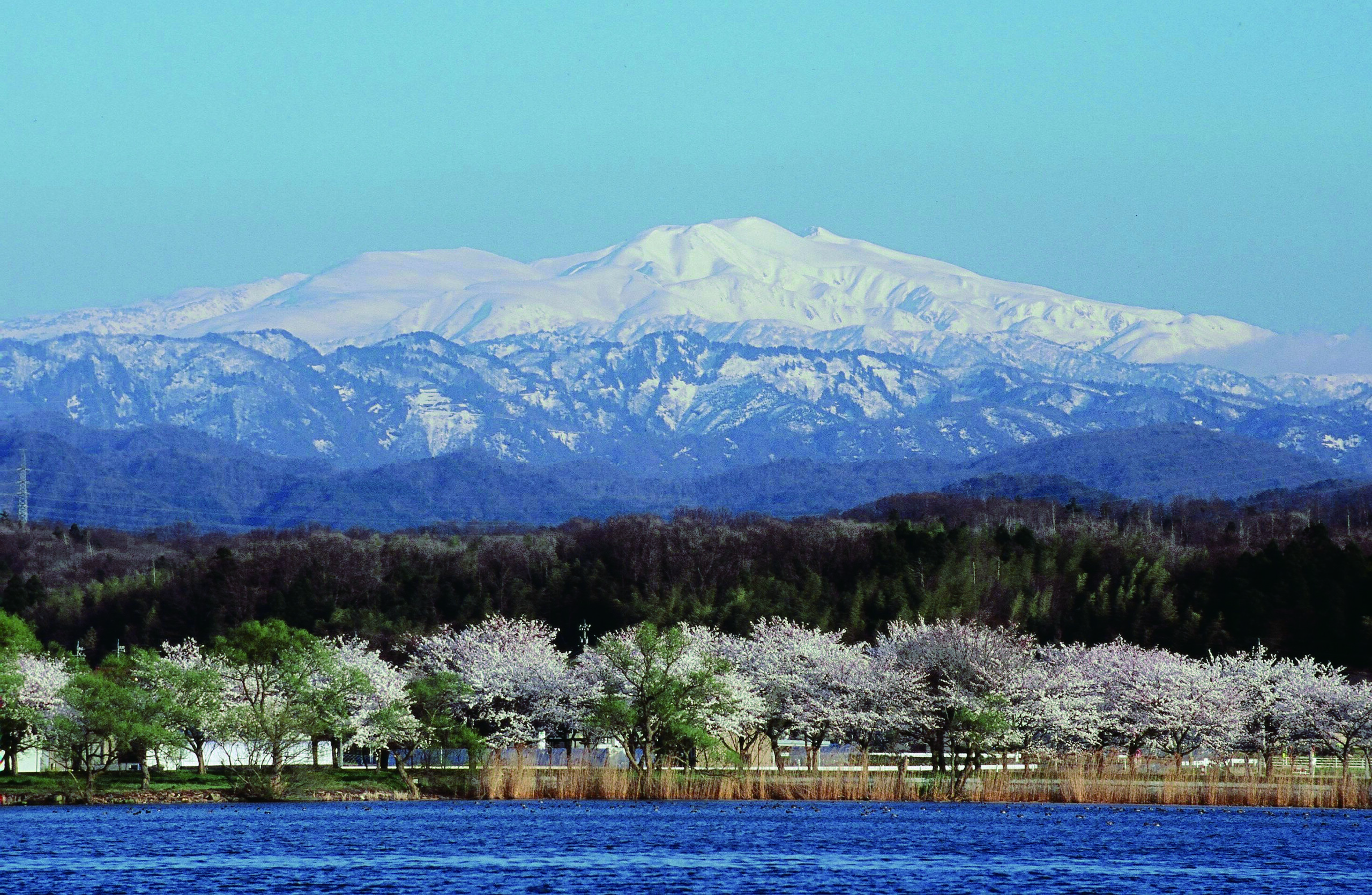
Lake Kiba Park
At the only unreclaimed lake in Ishikawa, is one of the best view points of Mt. Hakusan, from across the waters. While most popular in spring when you can enjoy the sakura tunnels, it is a worthy visit through the year with a rainbow of hydrangeas in summer, the fiery mountain range in autumn, and crisp views of snow-capped Hakusan in winter.
Not to mention the chance to immerse yourself in local community by joining the many strollers, joggers or cyclists around the 6.4km lakeside trail (share e-bikes available!). Or hop on a scenic boat ride
As the national canoe training venue, you might also catch a glimpse of athletes hard at training!
Highlights:
Share cycle port (central zone)
Sakura tunnel (central to north zone)
Mt. Hakusan view (north to west zone)
Lakeside cafe (west zone)
Boat ride (south zone)
Hours: 24h
Closed: Open year-round
Admission: Free
Access: 25 min bus from Komatsu Sta. / 25 min cycle from Komatsu Sta. Map
Related Pages:
Best of Komatsu Sakura: A Preview Komatsu Share Cycle: A New Way to Explore Komatsu!
-
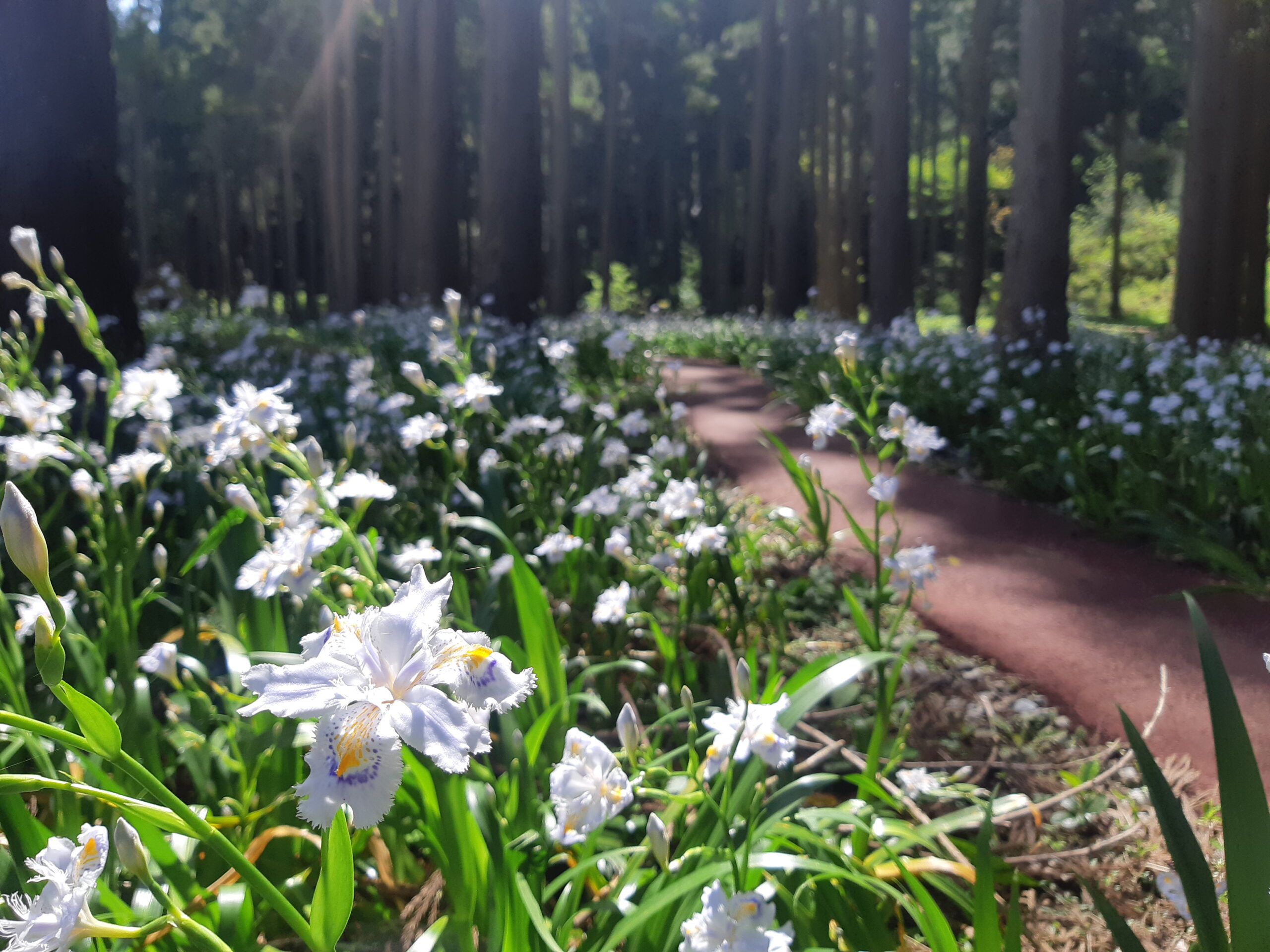
Yusenji Copper Mine Remains
Once a flourishing mine town, it now serves as a memorial park rich in both nature and history… and the origins of now world-famous machine-maker, Komatsu Ltd. Specifically, the founder of Komatsu Ltd., Takeuchi Meitaro, was the owner of this mine before venturing into making his own mining machines. At the entrance lies a statue of this innovative pioneer, appropriately adorned with sakura trees in spring. And right beside is the Satoyama Mirai Museum, where the history of the mining town is retold through pictures.
Venture deeper to find a tranquil cedar wood which is covered in a pale lilac carpet of irises in May. If you’re up for the full historical and nature immersion, you can do the entire hike up the mining hill which takes you past remaining structures such as a giant chimney that looks like something out of an adventure film!
Hours: 24h
Closed: Open year-round
Admission: Free
Access: 20 min bus + 20 min walk / 40 min cycle from Komatsu Sta. Map
Related Pages:
Memoirs of May: Festivals, Flowers & Food Mountain Road to Recovery (Part 1) -
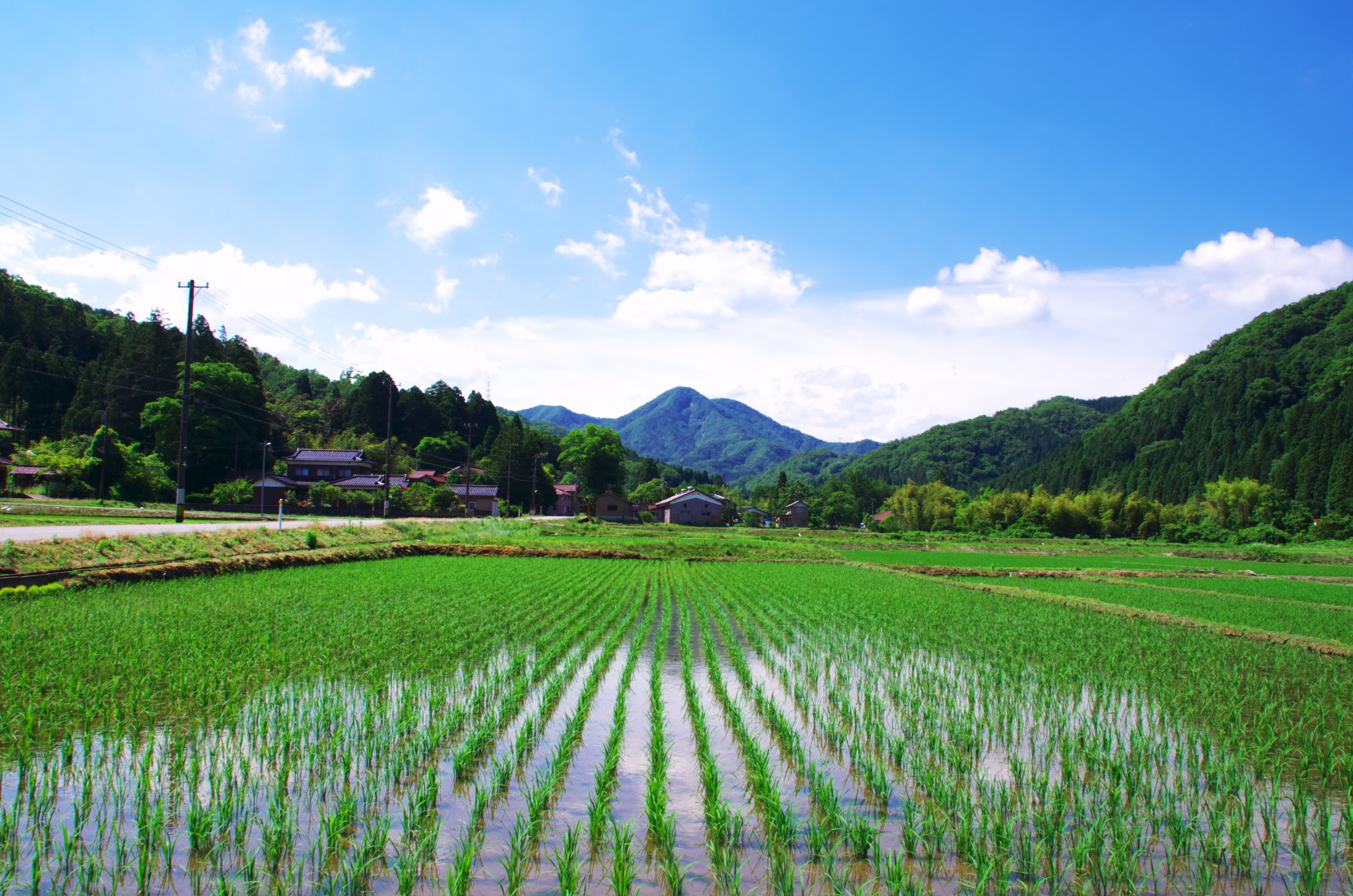
Takigahara
A once sleepy hamlet, now transformed by nature-lovers from all over Japan and beyond into a vibrant community of farmers, musicians and artisans.
Map
Join in the daily farming routines at Takigahara Farm, run by young residents once hailing from the big cities, or savor the creative dishes spun from their fresh harvests at Takigahara Cafe: including galettes made from their homemade soba flour, topped with their home-grown vegetables. The perfect place to recharge after a leisurely hike up the 478m-tall Mt. Kurakake, or around the Kurakake Dragonfly Sanctuary, both just a stone’s throw away!
For the full farmstay experience, bunk at Takigahara Craft & Stay hostel, where you can mingle with resident artisans or even receive their tutelage in a crafts workshop. Or Takigahara House, a modern and cosy inn you can enjoy all to yourself with family and friends. Check out their Instagram page for updates on regular farmer’s markets, community meals and art festivals! @takigaharafarm
Related Pages:
Komatsu Share Cycle: A New Way to Explore Komatsu! -
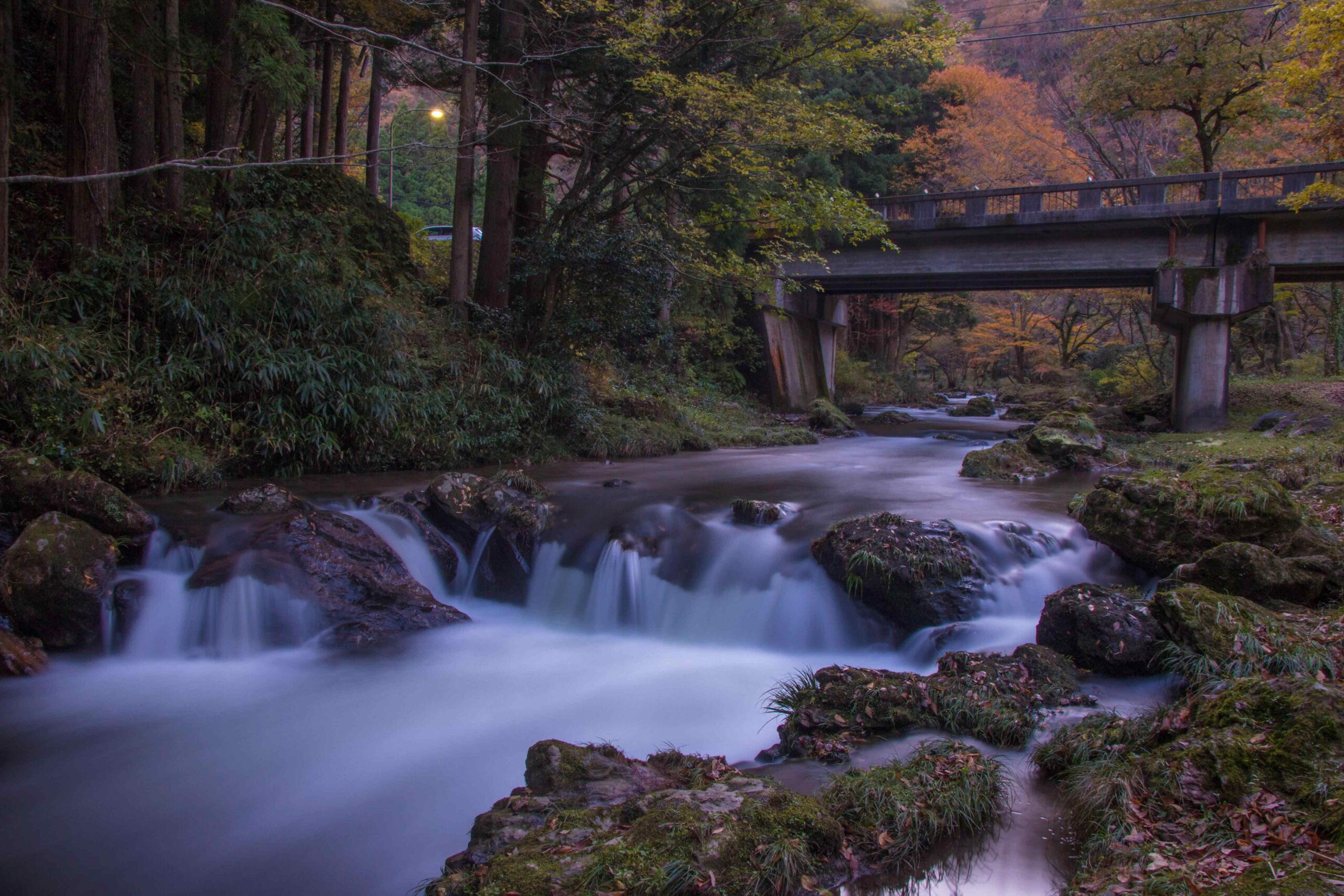
Aramata Gorge
One of the “8 Beautiful Views of Kaga”, and we can see why!
Map
A must-see in autumn when the gushing river is shrouded in fiery reds!
Related Pages:
Best of Autumn in Komatsu: A Preview -
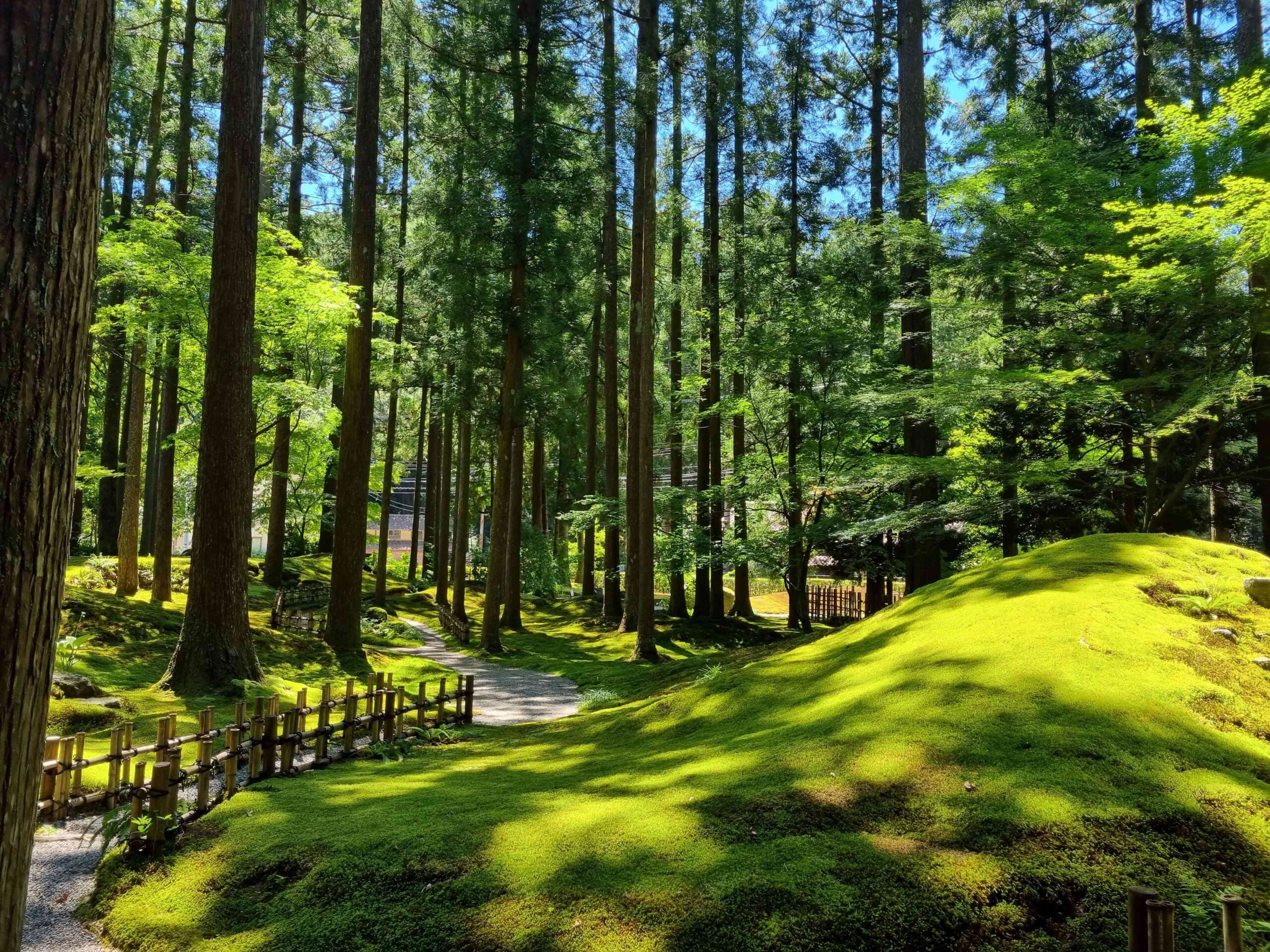
Hiyo Moss Garden
In this little mountainside hamlet, the local community of about 30 inhabitants have opened up their carefully tended gardens, in an effort to convey the wisdom of nature they have gleaned over generations of living with the elements.
These moss gardens were not a deliberate creation but in fact a serendipitous occurence. The area had be known as a source of high-quality cedar, and in their effort at maintaining the grounds for optimal cedar growth, the moss came to flourish on their own, as if rewarding them for their hard work and respect for nature.
This harmony with the cedar canopy above creates a mosaic of filtered rays that provides not only an enchanting sight, but fertile environment for as many as 48 varieties of moss. Do also check out the tranquil moss-covered Hiyo Shrine across the street!
*Closed Dec-Mar, and in bad weather. You are requested to contact them beforehand if coming in a large group, as capacity is limited and there may be restricted entry during events. (Official English Page)
Hours: 9 AM – 4 PM
Closed: Dec-Mar
Admission: 500 yen
Access: 15 min taxi /35 min cycle from Awazu Sta. Map
Related Pages:
Best of Autumn in Komatsu: A Preview -
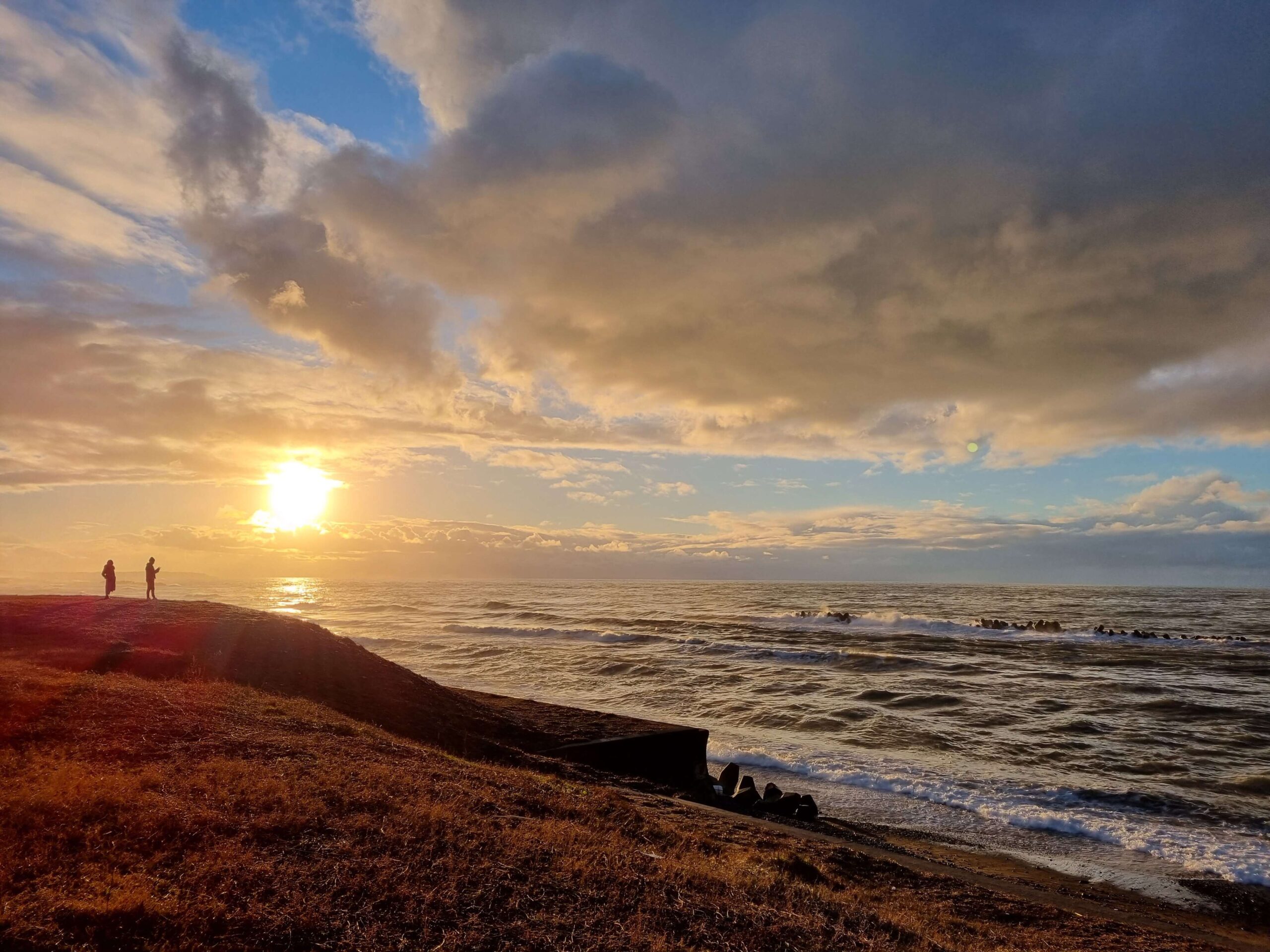
Ataka Beach
One of the best spots in Komatsu to catch sunset over the Sea of Japan. Spread out your picnic mats for a breezy time, or dine at the Ataka Café where you can enjoy creative dishes of fresh-caught fish or even wild game, accompanied with panoramic sea views.
Avid cyclists can also cycle down the well-maintained coastal route that extends both ways, towards Kaga or Kanazawa City!
Access: 10 min bus + 10 min walk / 20 min cycle from Komatsu Sta. Map
Related Pages:
Ataka Cafe Komatsu Share Cycle: A New Way to Explore Komatsu!
-
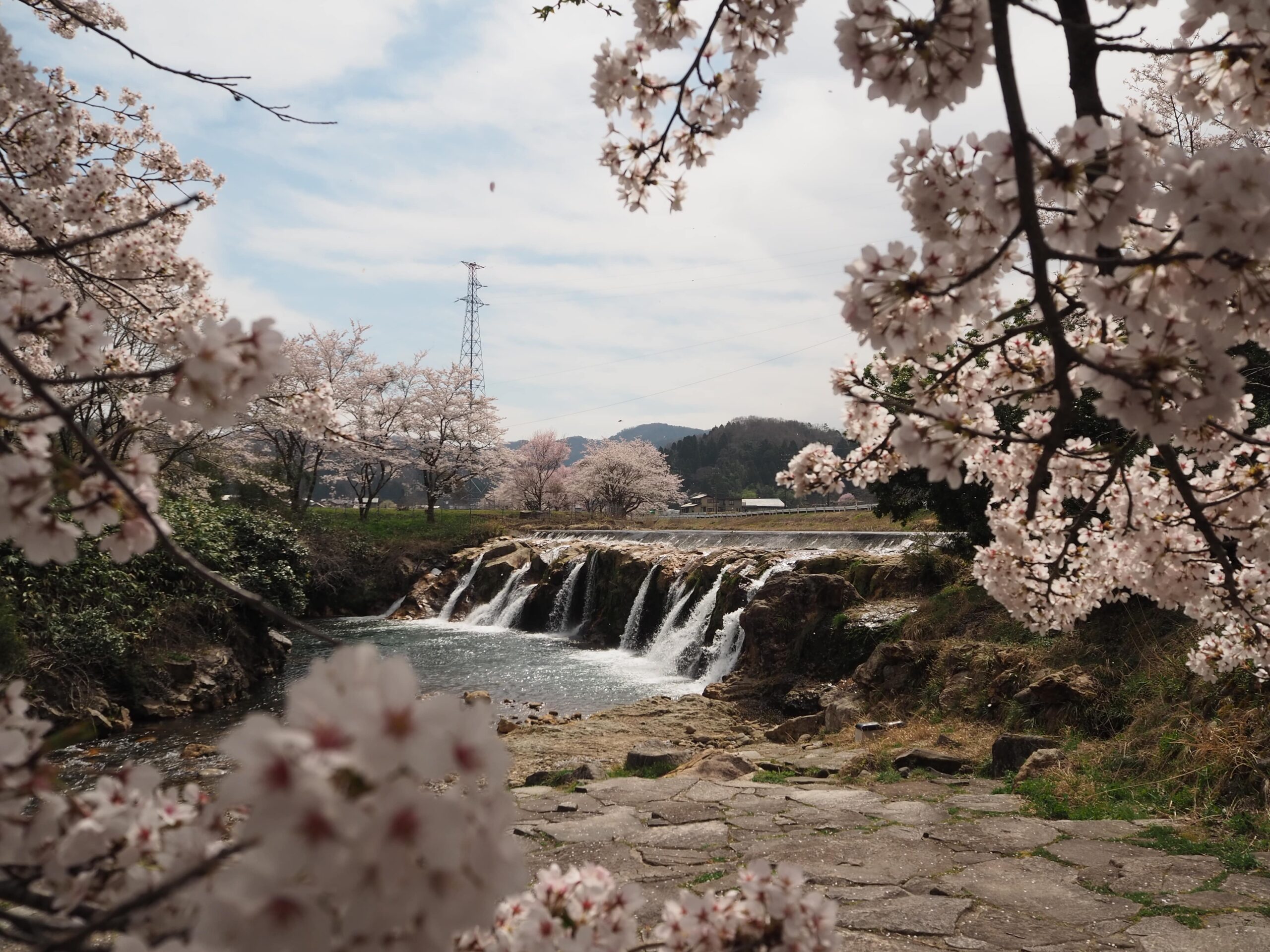
Junigataki Falls
Meaning “12 waterfalls”, for the 12 streams that compose it! Most beautiful in spring, when framed by a flurry of cherry blossom trees.
Hours: 24h
Closed: Open year-round
Admission: Free
Access: 30 min bus + 20 min walk / 1 h cycle from Komatsu Sta. Map
Related Pages:
Best of Komatsu Sakura: A Preview
-
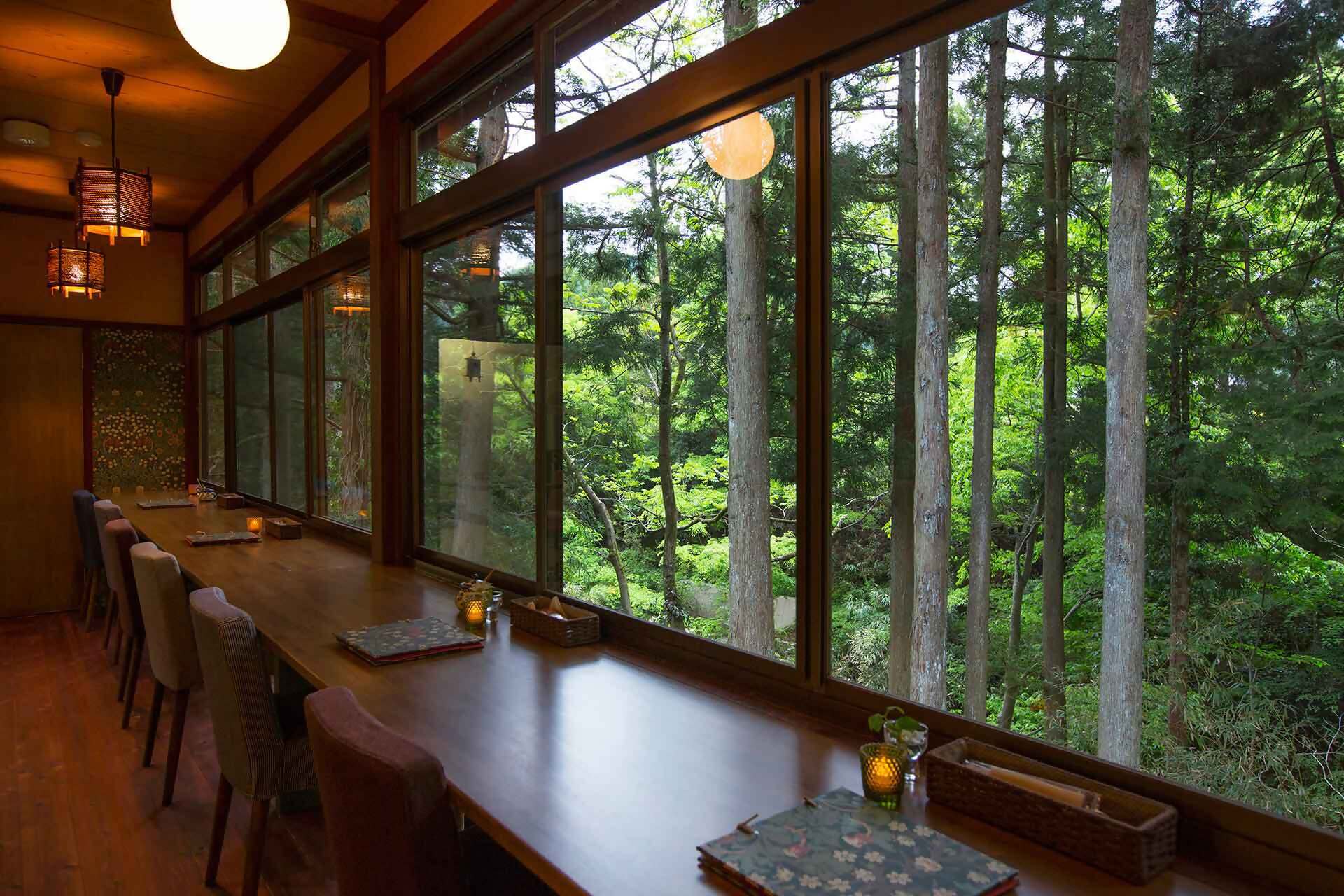
Seiryo
One of Komatsu’s nature havens, where you can savor the rural landscape of rolling fields and mountains with both your eyes and tastebuds. At the Seseragi-no-sato Recreation Center, enjoy the surrounding harvests through a buffet spread of homely dishes by the local grandmas. Or soak in the healing energies of the Seseragi-no-mori inn, where you can enjoy vegetarian meals along the river, dip in the footbath or onsen, and even stay the night under the stars!
Map
Related Pages:
Little Local Finds: Summer in Seiryo -
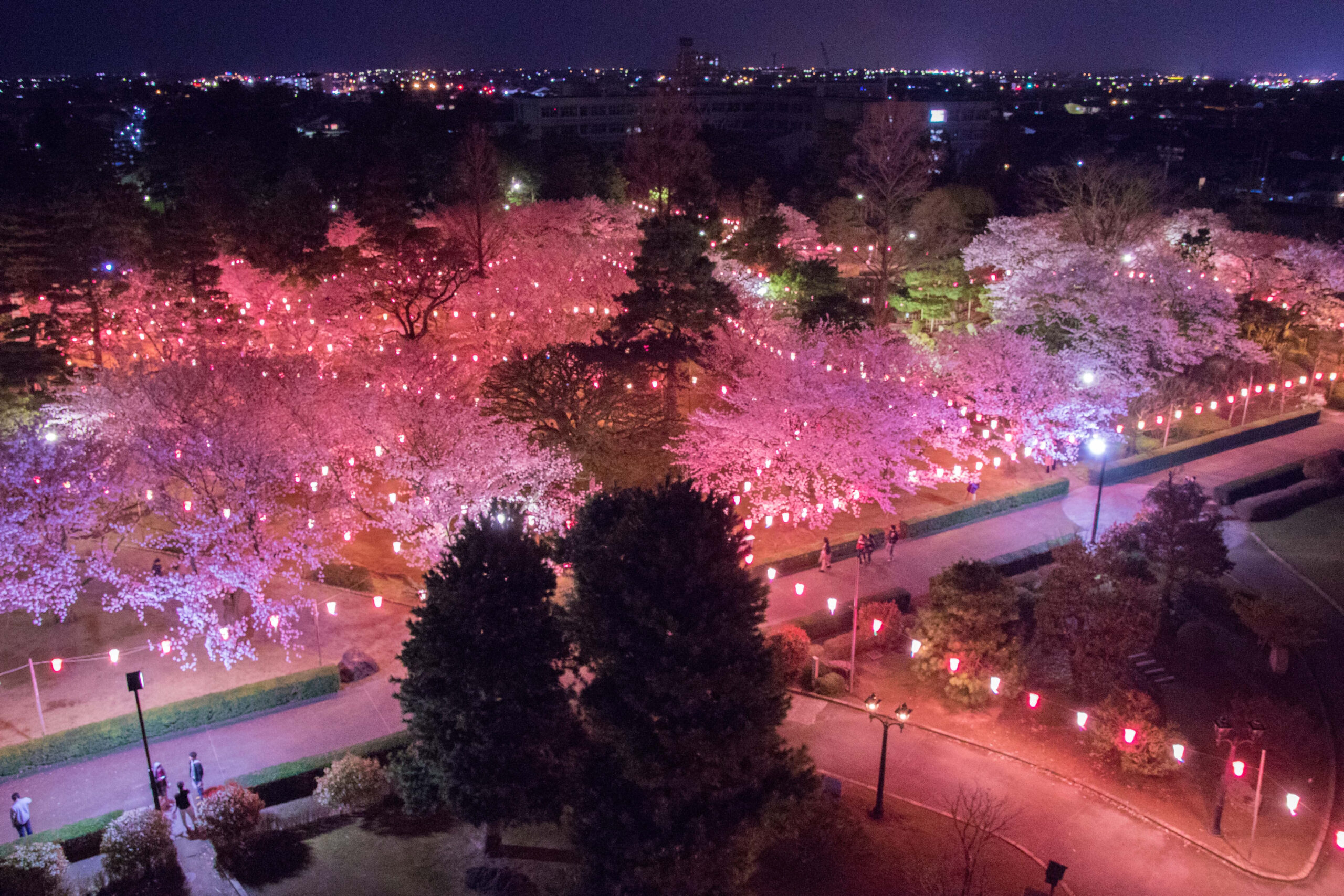
Rojo Park
Sitting within the former grounds of Komatsu Castle is one of Komatsu’s most popular local spots. A traditional Japanese strolling garden, it might resemble a mini Kenrokuen of sorts, but with its own quiet charm, and freely accessible at any time.
It is in spring that the park bursts into life, as one of the most popular hanami hangouts for the locals. Picnic snacks can be purchased from the yatai food stalls, and lanterns bring a lovely glow to the sakura at night.
But as a garden designed to bring out the beauty of the seasons, a visit is recommended any time of year!
Hours: 24h
Closed: Open year-round
Admission: Free
Access: 3 min bus / 15 min walk / 5 min cycle from Komatsu Sta. Map
Related Pages:
Best of Komatsu Sakura: A Preview
-
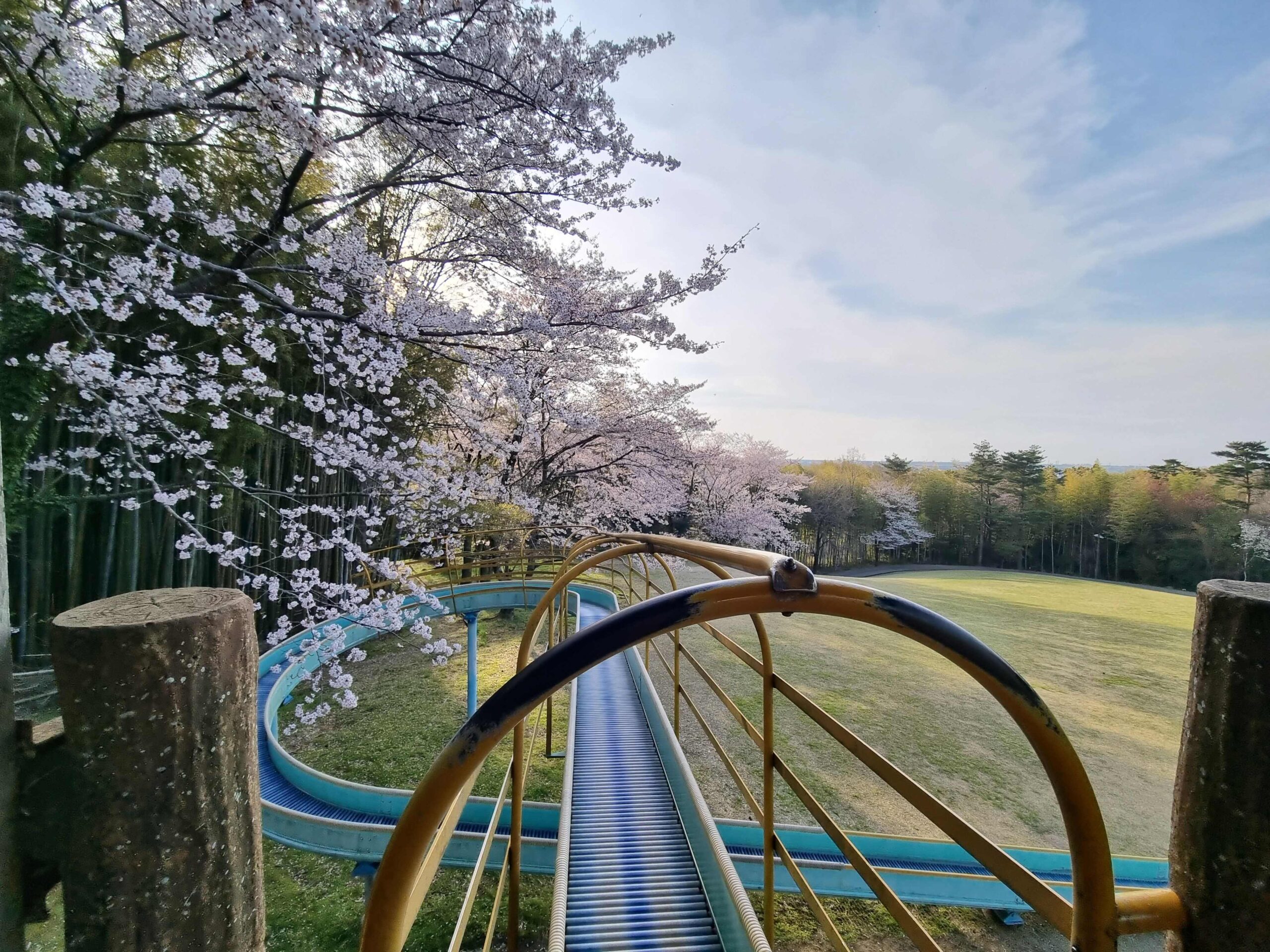
Ikoi-no-mori Park
Appropriately named a “Forest of Healing”, a popular recreation spot for locals, hidden in the woods. While not easy to find, stepping into this sanctuary is like entering a different world: the sprawling park consists of two lakes, and a hiking trail that leads past rustling bamboo groves and offers pleasant views of Mt. Hakusan and the surrounding mountain range.
Map
It is also the starting/end point of a recommended hiking trail for spring, leading through bamboo groves towards Lake Kiba (see linked article below)
Related Pages:
Best of Komatsu Sakura: A Preview -
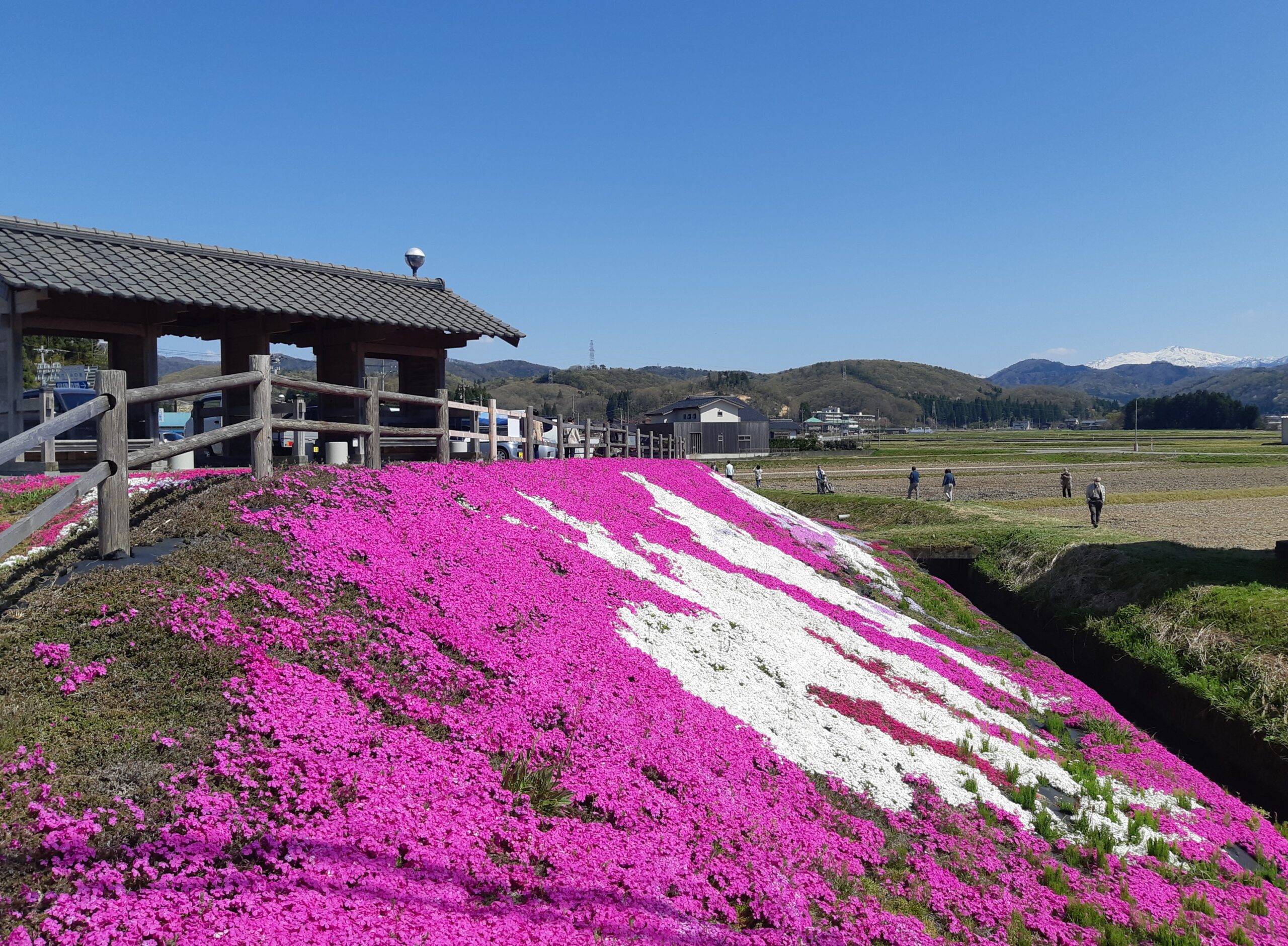
Nakaumi
Nestled among paddy fields, a farming town centered around a charming local goods store, Kinoko no Sato (“mushroom village”)
Map
After stocking up on some local produce or snacks (we recommend their mochi crackers), and grabbing one of their unique soft-serves (which include amazake or kinako kurogoma), cross the street to admire the hillside shibazakura (late April), and make your way to Hanibe Caves or the Yusenji Copper Mine Park (just a 5 min drive/10 min cycle away!)
Related Pages:
Mountain Road to Recovery (Part 1)





